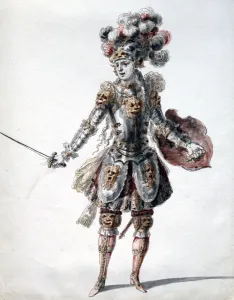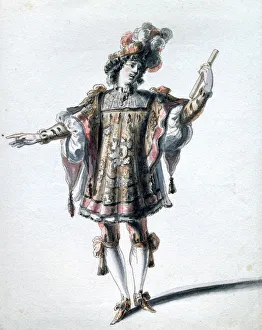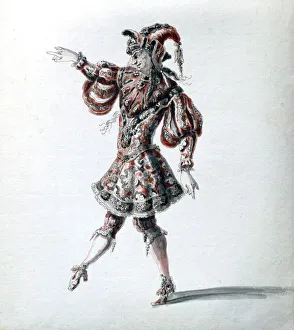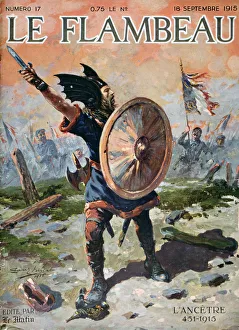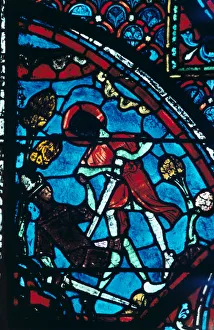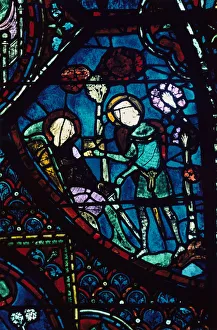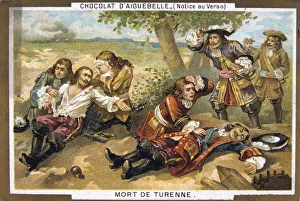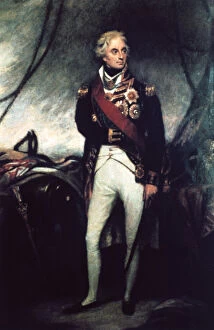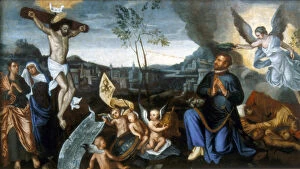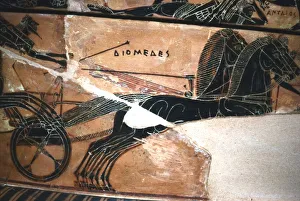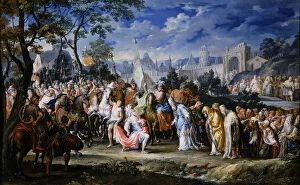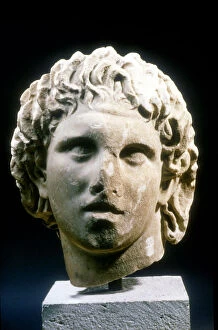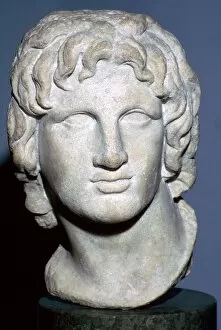Heroic Collection (#35)
"Unyielding Valor: Tales of Heroism Throughout History" A fearless fireman emerges from the flames, carrying a young girl to safety
All Professionally Made to Order for Quick Shipping
"Unyielding Valor: Tales of Heroism Throughout History" A fearless fireman emerges from the flames, carrying a young girl to safety, reminding us that heroes walk among us every day. The Last Stand of the 44th Regiment at Gundamuck during the Retreat from Kabul in 1841 stands as a testament to the unwavering bravery and sacrifice of soldiers in dire circumstances. In an awe-inspiring depiction, James Prinsep Beadle captures the Attack of the Ulster Division on July 1st, 1916, immortalizing their heroic efforts amidst unimaginable chaos. Robert Stephenson Smyth Baden-Powell's indomitable spirit shines through as he leads with courage and inspires countless others as an English soldier. Once again, a heroic firefighter selflessly rescues a young girl from raging flames, proving that true bravery knows no bounds. A Roman statue portrays Hercules in his drunken state but reminds us that even flawed heroes can rise above their weaknesses to achieve greatness. The ancient manuscript page of Beowulf echoes tales of heroism passed down through generations, celebrating those who fought against insurmountable odds for honor and glory. Through German propaganda posters during WWI, we glimpse how they sought to create heroes out of ordinary men by instilling nationalistic fervor and inspiring acts of valor on the battlefield. Piper Findlater's remarkable feat at Dargai in 1897 showcases The Gordon Highlanders' unwavering determination and highlights individual acts of heroism within larger conflicts throughout history. "Britain's Sea Power Is Yours" - An empowering slogan reminding citizens that they too have a role to play in defending their nation's freedom; heroes are not limited to those wearing uniforms alone. WWII poster urges individuals to take flight with RAF fighters – illustrating how ordinary people could become heroes by joining the fight against tyranny.








